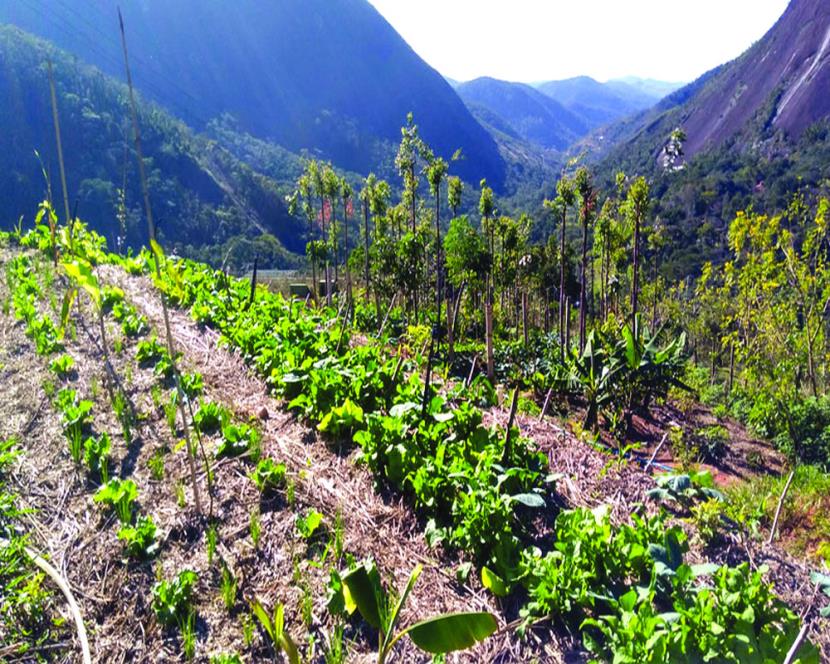Centre issues draft rules to ease tree felling on agricultural land, boost agroforestry

Jun 28, 2025
NEW DELHI: The Centre has issued model rules for the felling of trees on agricultural land in a bid to promote agroforestry with the aim of doubling farmers' incomes, increasing tree cover outside forests and mitigating climate change.
In a letter sent to all state governments on June 19, the environment ministry said the objective of 'Model Rules for Felling of Trees in Agricultural Lands' is to enhance the ease of doing business in agroforestry and incentivise farmers to integrate trees into their farming systems without facing undue procedural hurdles.
The government has been promoting agroforestry to double farmers' income, enhance tree cover outside forests, mitigate climate change, reduce timber imports and ensure sustainable land use. It also supports India's climate goals under the Paris Agreement.
A key barrier is the lack of clear, harmonised rules for felling trees on agricultural land which affects cultivation and marketing of agroforestry produce, according to the ministry.
According to the model rules, the State Level Committee (SLC) already formed under the Wood-Based Industries (Establishment and Regulation) Guidelines, 2016 will also serve as the committee for these rules. It will now also include officials from revenue and agriculture departments.
The committee will advise the state government on how to promote agroforestry and increase timber production from agricultural lands by simplifying rules for felling and transit of trees, especially species with commercial value.
It will empanel agencies for verification of applications and transit of timber from agricultural lands.
Applicants must register their plantation land on the National Timber Management System (NTMS) portal. They have to enter land ownership details and the location of their agricultural land.
They must give basic plantation details, including the number of saplings by species, planting date (month and year) and the average height of seedlings.
Applicants will also have to update this information as required by the SLC.
Each tree must be photographed with geotagged images in KML file format. These details will be monitored by field functionaries from the forest, agriculture and panchayati raj departments.
For lands with more than 10 trees, the applicant must apply online through the NTMS, giving detailed information about the trees to be felled.
The verifying agency will do a field visit and prepare a report with details about the land, trees and the estimated quantity of timber. Based on this, a felling permit will be generated.
For application for felling of up to 10 trees, applicants need to upload trees' photos to the NTMS. The system will estimate the tree size (girth, height), yield and species.
Applicants also need to inform the planned felling date. After felling, they must upload stump photos.
The department concerned may also send an officer to verify. In this case, the no objection certificate for felling will be issued automatically through the portal.
Divisional forest officers will monitor how verifying agencies are functioning. They will submit a report every quarter to the SLC on the performance of these agencies.